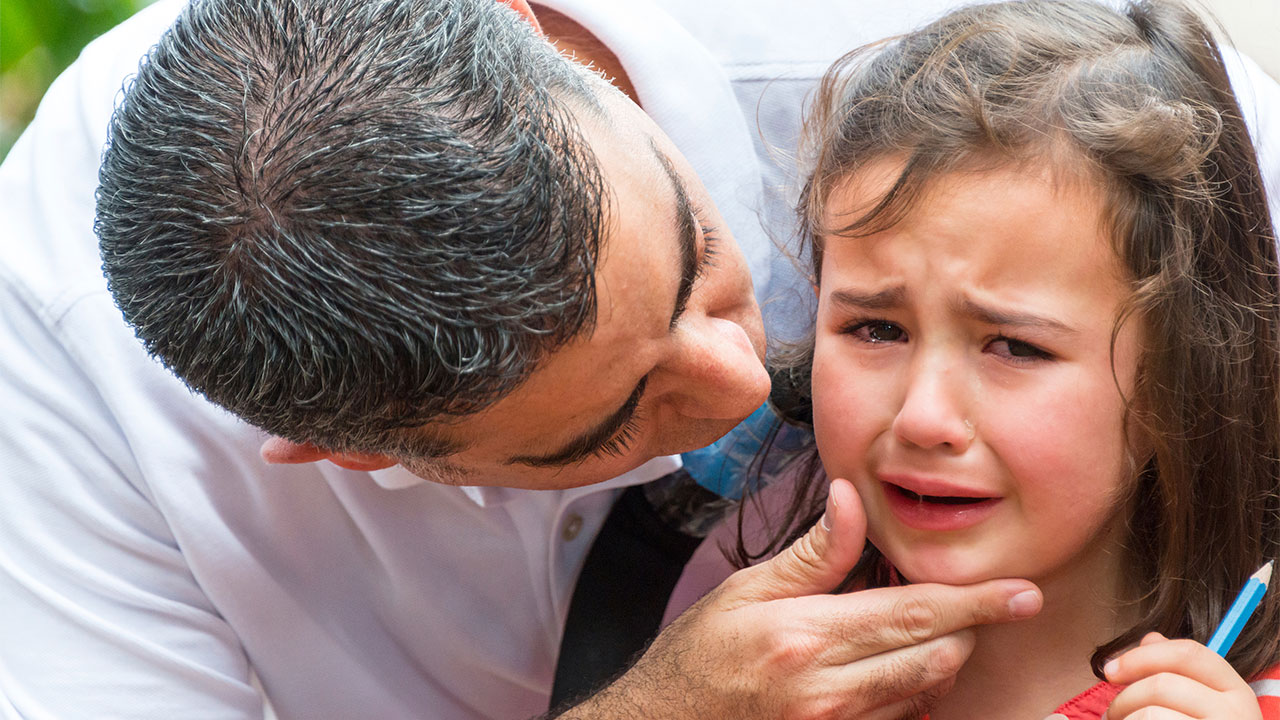It’s normal for children to have some fears, like monsters under the bed or spiders. But according to the good folk over at New Jersey based Aspire Psychological, when fear becomes excessive, persistent, and starts interfering with a child’s life, it may be a phobia that requires treatment. As a parent, recognizing phobia symptoms early and seeking child phobias therapy can make a tremendous difference in overcoming intense, irrational fears.
Understanding Phobias
A phobia is an intense, irrational fear reaction to a specific object or situation that poses little or no real danger. Common childhood phobias involve animals, insects, the dark, doctors/dentists, vomiting, and natural environments like water or storms. Phobias cause extreme distress and avoidance behavior. If left untreated, phobias tend to persist for years.
Phobias emerge from a complex interplay of environmental and genetic factors. Traumatic events can trigger them as well. The symptoms exist on a spectrum from mild to severely impairing. Whatever the cause, with proper help, even the most fearful child can make progress.
Recognizing a Phobia Versus Normal Fear
Fear enables protection from genuine threats. But with phobias, the fear is hugely disproportionate to any real risk, and the avoidance often interferes with normal activities. If a child shows intense, persistent fear towards a specific thing or situation for over 6 months, it likely rises to the level of a phobia.
Signs include rapidly escalating anxiety as the phobic stimulus approaches, a panicked need to flee the situation, and extreme distress when avoidance isn’t possible. Nightmares about the phobic situation and interference with school or friendships indicate professional help may be needed.
Seeking Evaluation from a Specialist
If a child’s fear seems disproportionate and starts affecting their functioning, parents should seek evaluation from a child psychologist or therapist specializing in treating anxiety disorders and phobias. They can provide an evidence-based diagnosis, assess how impaired the child is, and design a targeted treatment plan.
Cognitive-Behavioral Therapy as First-Line Treatment
Cognitive-behavioral therapy (CBT) focused on gradual exposure combined with changing thought patterns is the gold standard for treating phobias. Exposure slowly desensitizes the child to the feared stimulus in a controlled, therapeutic setting. Cognitive restructuring teaches them to challenge irrational fears with logic.
Relaxation techniques like deep breathing and guided imagery manage anxiety. Modeling by others interacting calmly with the feared stimulus provides examples for the child. Parents may be involved to reinforce strategies at home. With patience and practice, the child builds confidence when facing situations that were once terrifying.
Medication and Other Supportive Interventions
In severe cases, the prescriber may consider anti-anxiety medication for short-term use alongside therapy. For school phobias, they may need brief homebound instruction while undergoing treatment. Peer support groups moderated by a therapist offer camaraderie. Physical exercise and balancing nutrition help manage anxiety.
Why Early Intervention Matters
The sooner treatment is implemented after the onset of a phobia, the more effectively it can retrain the brain’s neural pathways governing the fear response. This can prevent worsening symptoms and impairment. Prompt intervention also maximizes the benefits of brain plasticity in childhood.
Additionally, facing fears is often harder the longer avoidance has been reinforced. Early success builds confidence to keep progressing. With early recognition and professional treatment, parents can nip phobias in the bud before they cause greater disruption.
Conclusion
No child is too fearful to achieve progress through compassionate, evidence-based treatment. Controlled exposure in tolerable doses allows feared situations to eventually become manageable. CBT builds needed coping skills. With dedication and courage, children can move beyond limitations imposed by phobias to reclaim fuller, freer lives. Supporting them on this journey is a profound privilege.













+ There are no comments
Add yours